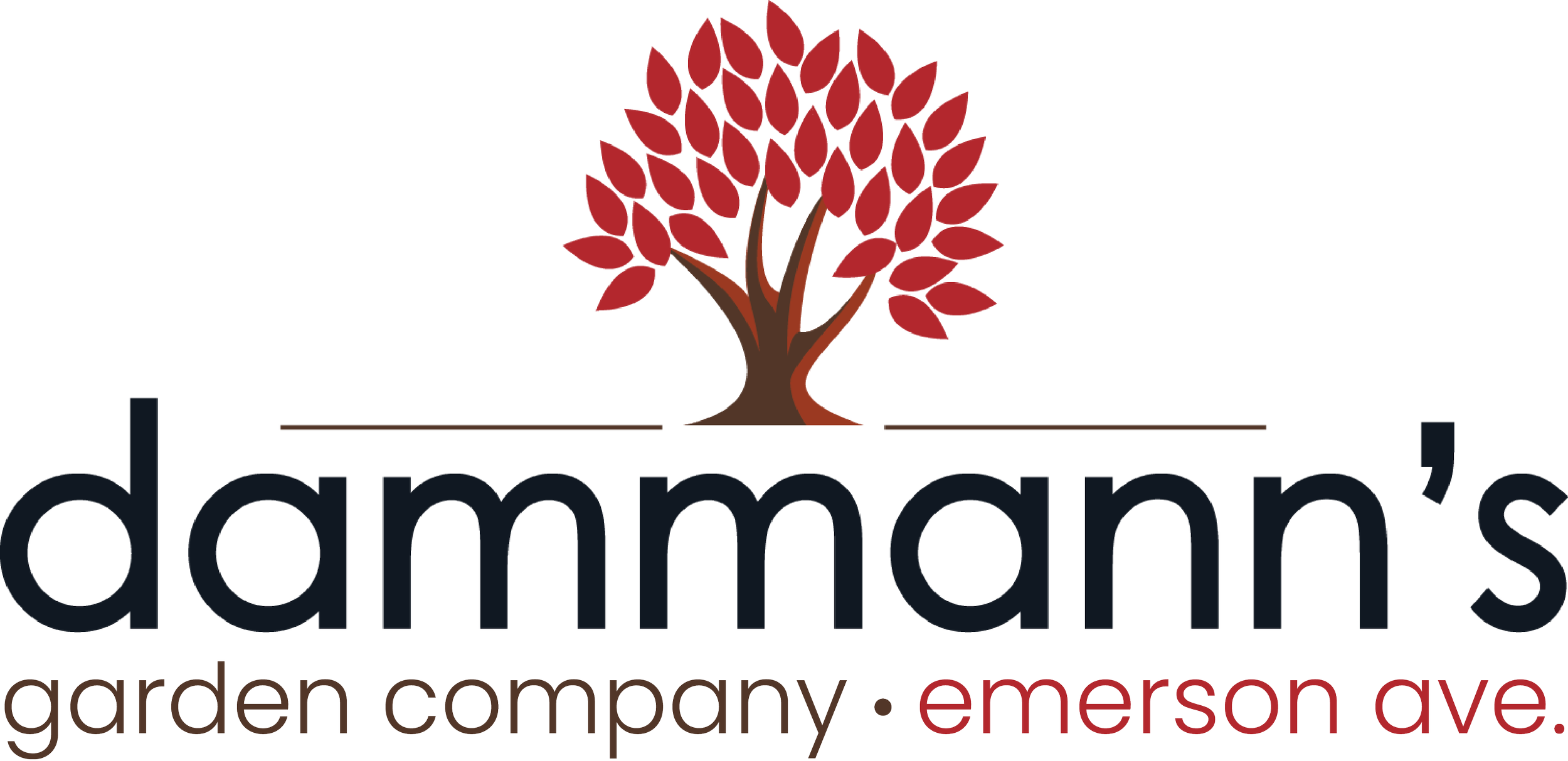Height: 40 feet
Spread: 40 feet
Sunlight:
![]()
![]()
Hardiness Zone: 4b
Other Names: European Horsechestnut
Description:
One of the most popular landscape and street trees in Europe, valued for its upright panicles of showy spring flowers and good growth habit; for large landscapes only; spiny seeds may necessitate some maintenance
Ornamental Features
Horse Chestnut features bold spikes of white flowers with brick red centers rising above the foliage in mid spring. It has dark green deciduous foliage. The palmate leaves turn yellow in fall. However, the fruit can be messy in the landscape and may require occasional clean-up.
Landscape Attributes
Horse Chestnut is a dense deciduous tree with a more or less rounded form. Its relatively coarse texture can be used to stand it apart from other landscape plants with finer foliage.
This is a high maintenance tree that will require regular care and upkeep, and is best pruned in late winter once the threat of extreme cold has passed. It is a good choice for attracting squirrels to your yard. Gardeners should be aware of the following characteristic(s) that may warrant special consideration;
- Messy
- Disease
Horse Chestnut is recommended for the following landscape applications;
- Accent
- Shade
Planting & Growing
Horse Chestnut will grow to be about 40 feet tall at maturity, with a spread of 40 feet. It has a low canopy with a typical clearance of 4 feet from the ground, and should not be planted underneath power lines. It grows at a medium rate, and under ideal conditions can be expected to live for 60 years or more.
This tree does best in full sun to partial shade. It prefers to grow in average to moist conditions, and shouldn't be allowed to dry out. It is not particular as to soil type or pH. It is highly tolerant of urban pollution and will even thrive in inner city environments. This species is not originally from North America.


